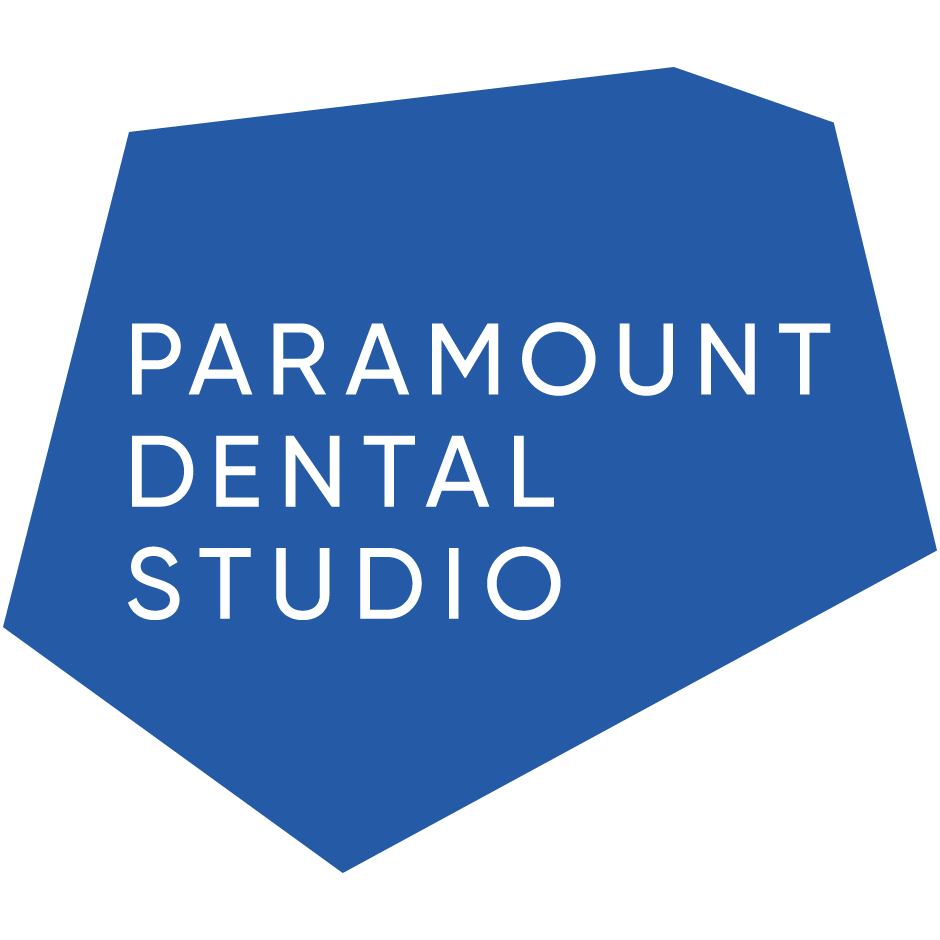The Implant Screw: Torque, Tightening, and Drivers
Have your implants been a little…screwy lately? Implant restorations are serious business but the quality of the screw and the way in which the screw is handled are often afterthoughts. Such care and effort go into the placement and manufacture of the implant, abutment, and crown but the entire restoration is only as strong as its weakest link.
Here we have included all the torque specifications for various implants in one place for easy reference and explain how to mediate screw loosening due to the settling effect below.
Clinicians know that both over-tightening and under-tightening lead to screw loosening, however, simply torquing a screw one time to the correct torque value does not necessarily result in that specific torque value. This is due to the settling effect. Because of this effect, it is best practice to retighten the implant screw 10 minutes after the initial torque application.
The abutment surface and the screw surface are rough on a microscopic level and because of this roughness, no two surfaces are completely in contact with one another. Settling occurs as the rough spots flatten under load since they are the only contacting surfaces when the initial tightening torque is applied. When the screw undergoes settling and the micro surface begins to smooth, screw loosening can occur because there are no longer contact forces holding it in place. By tightening the screw 10 minutes after settling, you re-engage the screw and abutment surfaces, resulting in maximum contact.
Choosing an implant, abutment, and screw that are as smooth as possible (on a microscopic level) truly matters for long-term success. Nowadays, dental laboratories and implant manufacturers use titanium milling machines that can range from low cost to very high cost, with the main difference being accuracy. One form of accuracy is the smoothness of the surface so it matters which titanium mills are fabricating your implant parts.
Finally, along with using the correct torque specifications and techniques, it’s also important to use the correct driver, especially when using scan bodies or an angled screw channel abutment as both of these require their own unique driver. Success with dental lab work is a matter of details; at Paramount, we believe that making a lot of good decisions on the details results in large success.
If you have any questions regarding torque, we recommend reaching out to your implant representative.
Torque recommendations are only provided for custom abutments. All other abutments (including stock abutments, temporary abutments, healing abutments, etc) may have different torque values.
Source: Sheldon Winkler, Karla Ring, Jamie D. Ring, Kenneth G. Boberick; Implant Screw Mechanics and the Settling Effect: An Overview. J Oral Implantol 1 October 2003; 29 (5): 242–245
By Paramount and Dr. Kyle Stanley, DDS
Dr. Stanley, named as "The Next Generation of Cosmetic Dentistry" by the American Academy of Cosmetic Dentistry in 2015, and one of “The Top 10 Young Educators in Dentistry” in 2017 by Incisal Edge Magazine and the Seattle Study Club graduated Magna Cum Laude from the Herman Ostrow School of Dentistry of USC and then went on to complete a dental implant residency and dental implant specialty in Florianopolis, Brazil.
Dr. Stanley is the Clinical Director at Pearl Inc. and Paramount Dental Studio. Paramount is a premier dental lab in southern California. Independent, veteran-owned, family-owned.


